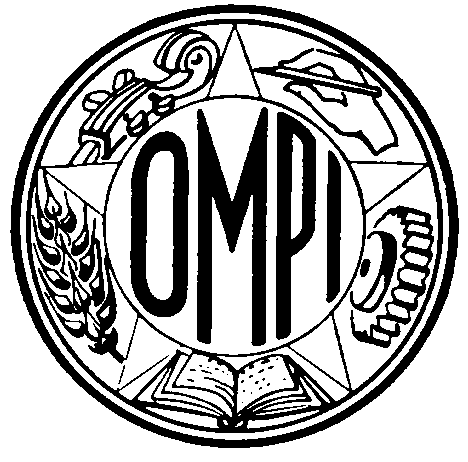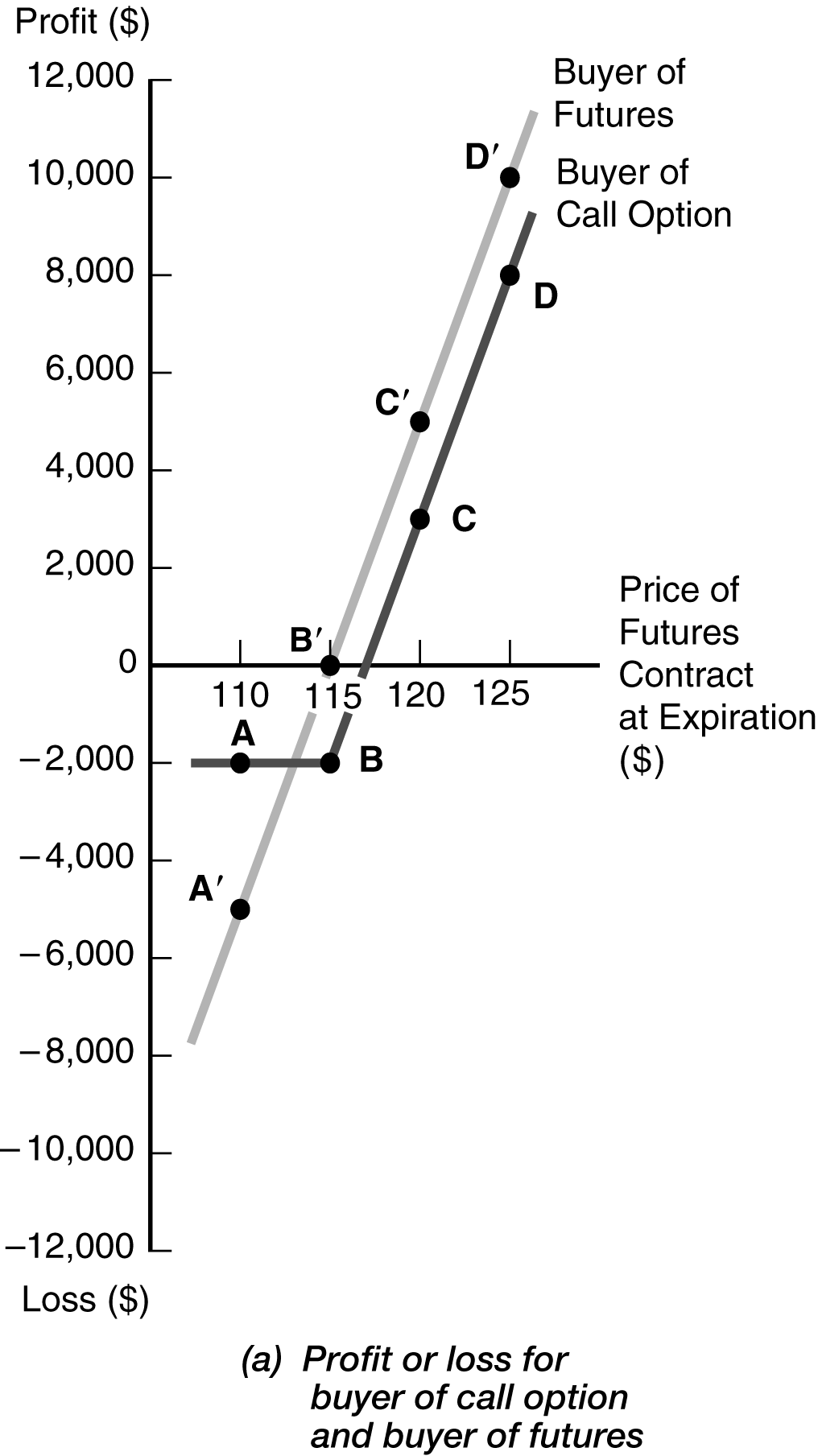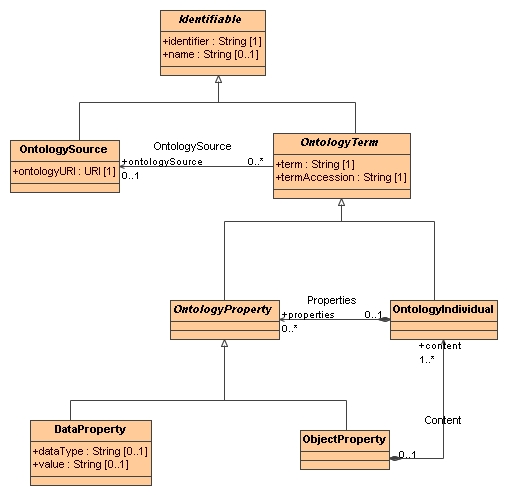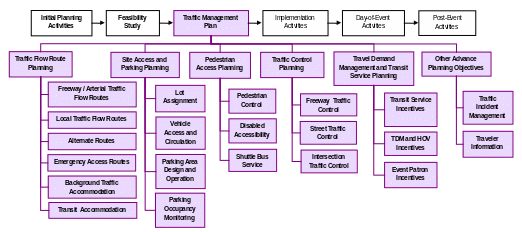state board of education – administrative rule summary title/oar #: poverty determination for purposes of state school fund distribution
STATE BOARD OF EDUCATION – ADMINISTRATIVE RULE SUMMARY
Title/OAR #: Poverty Determination for Purposes of State School Fund
Distribution
Date: 1-14-2014
Staff/Office: Michael Elliott, School Finance, ODE; Cindy Hunt,
Superintendent’s Office, ODE
New Rule Amend Existing Rule Repeal Rule
Hearing Date: __01/06/2014 1:00 pm_____ Hearings Officer Report
Attached
Prompted by: State law changes Federal law changes Other
Action Requested:
First Reading/Second Reading Adoption Adoption/Consent Agenda
PROPOSED/AMENDED RULE SUMMARY:
Changes how poverty is determined for purposes of State School Fund.
Implements HB 2098.
BACKGROUND: Oregon K-12 Public Schools are funded through a
combination of local revenues and money appropriated by the
Legislature. The Oregon Department of Education (ODE) first totals all
available funding for school districts and then distributes the money
appropriated by the Legislature to school districts—not individual
schools—through the State School Fund Formula (Formula). The Formula’s
goal is to equalize funding across the state. The Formula achieves
this goal by dividing the total revenue available by the number of
weights in the state to get a funding per weight amount. The weights
are often expressed as “ADMw” which means Average Daily Membership
Weighted. Each district counts the number of ADMw it has and
multiplies that by the per ADMw amount to determine how much funding
it will receive under the Formula. The average statewide funding per
ADMw is $6,533 for the 2013-14 school year.
The Legislature uses ADMw for funding rather than students for two
reasons. First, the Legislature wanted to equalize funding across the
state. Some students do not attend school full time and so their part
time attendance needs to be taken into account. A per student formula
would over-fund part time programs. Secondly, some students take more
resources to educate. Example of the types of students who may take
additional recources are students on an Individualized Education Plan
(IEP), students living in poverty, or students enrolled in a
qualifying ESL program. The Legislature assigns additional ADMw for
these students so that districts receive additional funds for those
students under the Formula.
As stated above, students living in poverty receive additional
weighting. That weighting is set at 0.25 ADMw. This means that if a
student has been identified as living in poverty and attending a
public school full-time the student will receive a total of 1.25
weights: 1.0 weights for attendance and 0.25 weights for being
identified in poverty.
The Department uses 2000 decennial census data as the basis for
determining the number of students in poverty in the school districts
across the state. Old law requires the use of decennial census data
and the United State Census Bureau (Census Bureau) stopped collecting
poverty data as part of the census in 2000. Thus, there is no newer
data as part of the decennial census.
Poverty has changed drastically since 2000. Oregon has experienced two
recessions during that time. Neither of these recessions are reflected
in the current method of calculating poverty. The result is that
approximately 25,000 students in poverty are not reflected in the old
method of calculating poverty. The formula, which is designed to
equitably distribute funding is not able to fulfill that function.
Money is not following the students and being given to the districts
to provide additional resources to those students. That needs to
change to ensure that districts with the greater poverty are provided
with the greater resources.
HB 2098 passed by the 2013 Legislature solves this problem. This law
gives the Board the authority to adopt rules to update what data is
used to determine how many students are in poverty in each district.
Updating the data will provide a more accurate and more timely picture
of how districts are affected by poverty in the state.
The Legislature, in passing HB 2098, was concerned that transparent
and accurate data would be used to calculate the number of students in
poverty in each district. The Legislature understood that some data
are better than others and wanted to ensure that the most accurate
data possible was being used. Thus, the Legislature required the Board
to adopt rules based on data obtained from school districts and the
Census Bureau.
The proposed rule uses the Small Area Income Poverty Estimate (SAIPE)
published by the Census Bureau as the basis for determining poverty in
all of Oregon’s School Districts. The SAIPE is a statistical model
that compares data from several sources, including the U.S. Department
of Agriculture’s Supplemental Nutritional Aid Program (SNAP), IRS tax
returns and yearly Census Bureau survey data. The SAIPE model is used
by the U.S. Department of Education to distribute Title I funding.
In order to get a complete picture of poverty in Oregon’s public
schools, the Department needs to compare the SAIPE data with our each
district’s ADM (Average Daily Membership) data. The SAIPE reports on
total populations of children age 5 to 17 in the school district and
the number of those children who are in families in poverty. That
number may not match the number of students actually attending
Oregon’s public schools. Some of the chidlren reported in the general
population may attend private schools or be home schooled. Other
districts may have additional students attending their schools from
outside the district. Thus the SAIPE data needs to be compared against
district data for a more accurate picture.
This is accomplished by dividing the district reported ADMr (resident
average daily membership) for the same year as the SAIPE is published
against the total SAIPE population data. To account for school
districts that have more students than the population, the ratio will
be capped at 1.0. A school district could have more than the resident
population because it participated in open enrollment, has students on
inter-dstrict transfers, or sponsors charter schools. Since neither
the SAIPE nor ADM data accurately tracks poverty on a per student
basis, capping the ratio eliminates the speculative nature of
attempting to determine whether these additional students are in
poverty.
Once the ratio of ADMr/SAIPE data is determined, the Department then
multiplies the SAIPE data for children aged 5 to 17 in poverty by that
ratio. This will provide the number of students in poverty attending
Oregon’s public schools. That number is then used as the basis for the
poverty weight which is a quarter of a full ADM.
ISSUES/CONCERNS THAT SURFACED DURING RULE WORK:
During first reading of this rule, the State Board was concerned about
the changes to the system by implementing the proposed calculation.
The initial projects of the proposed calculation added approximately
6,000 weights to the system. This created significant per weight
losses across the system. The State Board wanted the Department to
determine if a phase-in of this new calculation could be implemented
to ease the transition to the new calculations.
Since that time, new information for 2014-15 has been made available.
The previous data given to the State Board was based on a projection
using 2013-14 data. Now, actual 2014-15 estimates are available. A
“run” with this new data has been created. Using 2014-15 data, it is
estimated that only approximately 4,000 weights are actually being
added to the system. Because of the nature of extended ADMw, and
because some of the weights have already been incorporated into the
system, the increase to the system is approximately 2,000 weights.
Thus, half of the projected weights, and half of the projected loss
per weight, are not being realized when estimated 2014-15 data is
being used.
The updated data shows that more districts are seeing a relative
increase in funding. Originally 75 districts saw a relative increase
in funding. However, using estimated 2014-15 data, 91 districts are
seeing a relative increase in funding. Additionally, some of the
districts that had the largest relative losses in the projected data
are now seeing much more modest losses using estimated 2014-15.
Thus, at this time a phase-in does not appear to be needed. The Board
was concerned about the relative losses suffered some of the
districts. Those losses have been mitigated for many of the districts
because the increase in weights is less and some of those districts
are seeing a relative gain in funding using the estimated 2014-15
data. The udpated data has in fact become the phase-in the Board
requested.
The Department is recommending to not phase-in this change and move
forward at this time.
FISCAL IMPACT:
HB 2098 will add weights to the State School Fund formula. This makes
sense given that the underlying data has not been updated for thirteen
years. In that time Oregon has experienced a significant recession,
increases in unemployment, and reduction in earnings. All of these
factors combine to increase the severity of poverty in Oregon.
Using the formula as proposed above, an additional estimated 4,942
weights will be added to the formula. For 2014-15 the estimated
weights, statewide, is 665,000. This will increase to 667,000. This is
half of what the previous projection indicated was needed. This is
halved because both 2014-15 ADMw and poverty in the State were reduced
from previous projections.
For 2014-15, the estimated amount per weight a school district
receives will be $6,810. This is less than the projection, but this is
based on district provided estimates of local revenue and not a
projection of local revenue. District provided estimates are must
better data point than a projection based on a percentage. That will
be reduced to $6,790 per weight. This is a loss of an estimated $20
per weight. This is half of the previously stated $41 per weight loss.
Thus, the relative loss to the system is reduced which acts as a
phase-in of this calculation.
The impact will be mitigated for all districts because 2014-15 funding
is estimated to be $260 per weight higher than current 2013-14
funding.
A list of each district, the new poverty weights, and their estimated
funding using 2014-15 funding levels is attached as a separate
document. Additionally, a data set showing the districts with the
largest relative gain to the smallest gain is included. Also included
in this document is an explanation of why a district is seeing either
a relative increase or decrease in funding. There are 7 categories of
districts:
1.
Districts where poverty weights increased and this leads to a
relative increase in funding.
2.
Districts where poverty increased, but the increase did not raise
extended ADMw enough to see a relative increase in funding.
3.
Districts where the increase in poverty weights was offset by a
decline in enrollment such that the decline in enrollment resulted
in a relative loss of funding.
4.
Districts where poverty weights increased but the district
continues to use 2013-14 ADMw for funding levels leading to a
relative loss of funding.
5.
Districts where poverty weights decreased in the district, but the
district is still using 2013-14 ADMw for funding levels leading to
a relative loss of funding.
6.
Districts where poverty weights decreased and that lead to a
decrease in extended ADMw and a relative decrease in funding.
7.
Districts where poverty decreased, but the district’s enrollment
increased. However, the increase in extended ADMw was not enough
to overcome the relative loss per weight.
CHANGED SINCE LAST BOARD MEETING?
N/A; first read—hasn’t been before board
No; same as last month
Yes – As follows:
Poverty Eligibility Determination for Purposes of State School Fund
Distribution
1.
The following definitions and abbreviations apply to this rule:
a.
“ADM” means Average Daily Membership as defined under ORS 327.006
and OAR 581-023-0006.
b.
“Census Bureau” means the United State Census Bureau.
c.
“SAIPE” means the Small Area Income Poverty Estimate published by
the Census Bureau every year and available to the public on the
Census Bureau’s website at: http://www.census.gov/did/www/saipe/.
2.
Pursuant to ORS 327.013(1)(c)(A)(v)(i) the Department of Education
will determine poverty using Census Bureau data and ADM data from
the school districts.
3.
The Department will obtain SAIPE data published on the Census
Bureau website for all Oregon school districts annually as it is
released.
4.
(a) The Department will divide the concurrent year’s ADM data by
the total children ages 5 to 17 as reported in the SAIPE data.
b.
For those districts where the ratio of the ADM divided by total
children ages 5 to 17 as reported in SAIPE data is greater than
100%, the Department will reduce the ratio to 100%.
5.
The Department will multiply the population ages 5 to 17 in
families in poverty as reported by the SAIPE by the percentage
calculated above.
6.
The Department will round the resulting product to two decimal
places.
7.
The Department will use the final number to calculate weighted
average daily membership for poverty pursuant to ORS
327.013(1)(c)(A)(v).
8.
The Department will use the poverty weights determined from the
latest SAIPE data to estimate future weighting for poverty until
the next SAIPE data is available and annually obtained by the
Department.
Stat. Auth.: ORS 327.013 and 327.125
Stats. Implemented: ORS 327.013
STAFF RECOMMENDATION:
Adopt administrative rule as prepared this month
Adopt next month administrative rule as prepared
No recommendation at this time (rarely used)
5
 DEAR PARENTSGUARDIANS YOUR SONDAUGHTER IS CURRENTLY ENROLLED IN THE
DEAR PARENTSGUARDIANS YOUR SONDAUGHTER IS CURRENTLY ENROLLED IN THE SAMS BOARD POLICIES DOCUMENT SAMS TRUST BOARD DELEGATIONS 10
SAMS BOARD POLICIES DOCUMENT SAMS TRUST BOARD DELEGATIONS 10 HOTSPOTS OF LEGAL NEED SUMMARY THE RESEARCH PAPER IDENTIFIES
HOTSPOTS OF LEGAL NEED SUMMARY THE RESEARCH PAPER IDENTIFIES OMPIDABUE052 PÁGINA 5 S OMPIDABUE052 ORIGINAL ESPAÑOL FECHA 17
OMPIDABUE052 PÁGINA 5 S OMPIDABUE052 ORIGINAL ESPAÑOL FECHA 17 CHAPTER 13 FINANCIAL DERIVATIVES 464 1 CHAPTER 13 FINANCIAL
CHAPTER 13 FINANCIAL DERIVATIVES 464 1 CHAPTER 13 FINANCIAL EU OFFICIAL CONTROL AUTHORITY BATCH RELEASE HUMAN VACCINE AND
EU OFFICIAL CONTROL AUTHORITY BATCH RELEASE HUMAN VACCINE AND HOLLYWOOD’S HOTTEST DOUBLE ACT EMILY STONE AND RYAN GOSLING
HOLLYWOOD’S HOTTEST DOUBLE ACT EMILY STONE AND RYAN GOSLING DOM 2 COMPANY NAME STREET ADDRESS CITY ST ZIP
DOM 2 COMPANY NAME STREET ADDRESS CITY ST ZIP C MARQUESA DE MONTORTAL 54 46740 CARCAIXENT TEL 96
C MARQUESA DE MONTORTAL 54 46740 CARCAIXENT TEL 96 SOLICITUD INCENTIVOS A LA MOVILIDAD EFICIENTE Y SOSTENIBLE (PROGRAMA
SOLICITUD INCENTIVOS A LA MOVILIDAD EFICIENTE Y SOSTENIBLE (PROGRAMA „ MAPA AKTYWNOŚCI” ORGANIZACJI POZARZĄDOWYCH I INICJATYW NA TERENIE
„ MAPA AKTYWNOŚCI” ORGANIZACJI POZARZĄDOWYCH I INICJATYW NA TERENIE ACTIVIDADES DE MATEMÁTICAS PARA 3º CURSO DE PRIMARIA DEL
ACTIVIDADES DE MATEMÁTICAS PARA 3º CURSO DE PRIMARIA DEL ENCUESTA DE SATISFACCIÓN DE LAS FAMILIAS CURSO 201011
ENCUESTA DE SATISFACCIÓN DE LAS FAMILIAS CURSO 201011  TEST DE MSACCESS – NÚMERO 1 1 ACCESS PERMITE
TEST DE MSACCESS – NÚMERO 1 1 ACCESS PERMITE THE DESCRIPTION OF THE ONTOLOGY PACKAGE FROM THE FUGE
THE DESCRIPTION OF THE ONTOLOGY PACKAGE FROM THE FUGE Planned Special Events Checklists for Practitioners Traffic Management Plan
Planned Special Events Checklists for Practitioners Traffic Management Plan